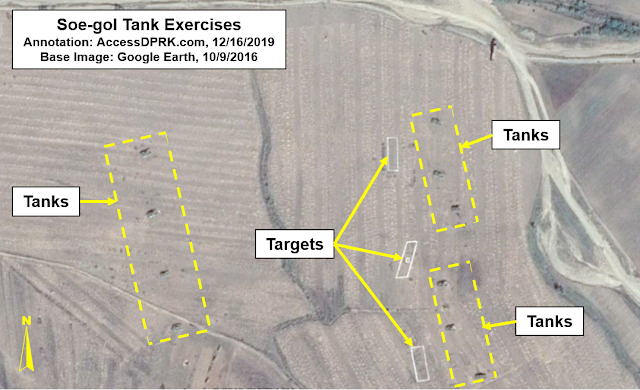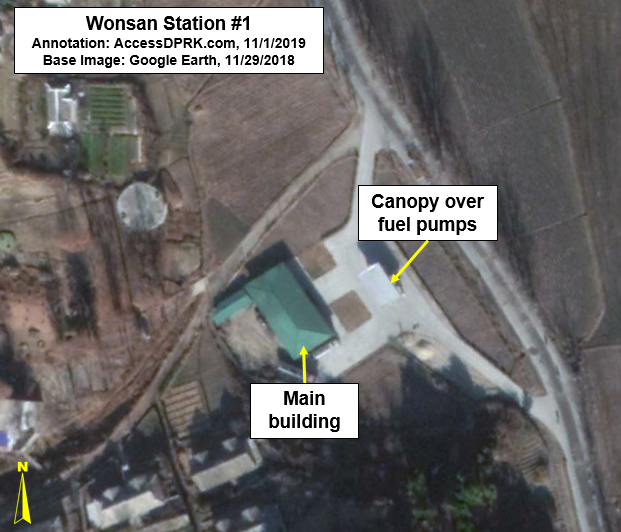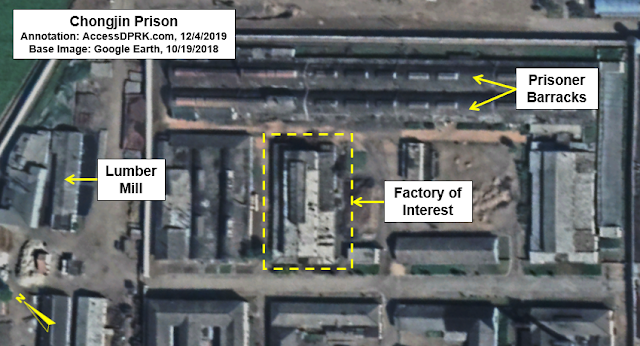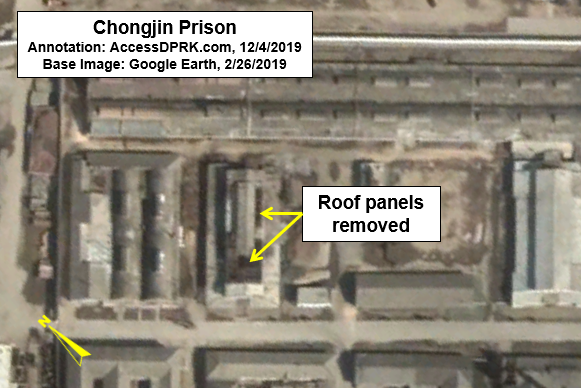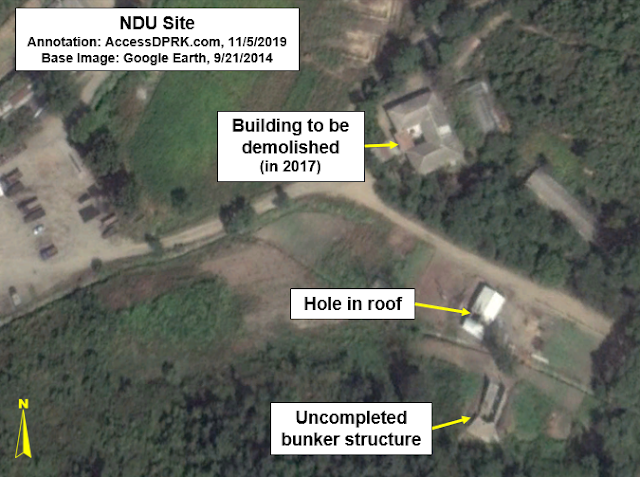Pollution and health risks exists at every point along the
nuclear weapons’ development chain, from the initial mining and milling
operations to the enrichment process, and finally from testing nuclear devices.
In this two-part article I will examine each of those areas and the health
risks associated with them.
In this second part, I finish discussing the health
consequences of North Korea’s nuclear program by examining issues related to
their underground testing. (Part I can be read here.)
Testing
After producing the needed nuclear fuel and solving the
other matters associated with creating a nuclear device, the next step is
testing.
After decades of work the regime was able to test its first
nuclear device in 2006. The underground test was carried out within Mount
Mantap at the Punggye-ri nuclear test site. However, there is no such thing as
a safe nuclear test, even when they’re underground. The original tunnel for the
2006 test was closed up shortly after the test as a result of radiation
releases according to 38 North. Since
2006, five additional tests have been carried out in different tunnels. Further
reporting
indicates that another delayed leak was also detected as a result of
post-tunneling activities in 2013.
Even under the best circumstances, underground nuclear
testing still can release some radionuclides into the atmosphere. Less than
optimal testing can pose a much greater radiation risk to those downwind of the
test site. Initial radiation releases from a containment failure occur through
“venting” but releases can continue for longer through “seeps”, where radiation
finds its way out of the underground site through small fissures and openings
in the overlying rock. Radioisotopes of xenon (such as 133Xe
and 135Xe) are almost impossible to contain and can travel
across the globe, as Canadian
detectors picked them up after the very low-yield 2006 test.
Punggye-ri is in a mountainous area with little population
but the main tunnel entrances are less than 2 miles away from the boundary of
the Hwasong Concentration Camp. Due to the extreme human rights violations
facing prisoners, we can’t hear their stories or send professionals over to
determine how much radiation they have been exposed to. Residents within the
larger area, however, have been able get their experiences to the broader
world.
In 2017, South Korea reported
that four defectors who lived in the area around Punggye-ri showed signs of
radiation exposure. Defector Lee Jeong Hwa, who lived in Kilju County, said,
"So many people died we began calling it 'ghost disease’…We thought we
were dying because we were poor and we ate badly. Now we know it was the
radiation." Unfortunately, the inability to do detailed testing on
people still living in the area and gather more definitive evidence prevents us from
knowing the full effects of the testing.
Negative health impacts from underground nuclear testing is
easily supported by looking at the results of underground testing in the United
States. According to the US National Cancer Institute, some 2,800 annual cases
of thyroid cancer within the US can be attributed to the “underground era” of
1962-1992, when the United States (and the Soviet Union) was limited to testing
nuclear devices underground by treaty. While North Korea has only had a limited
number of tests, those tests have increased radiation levels for the region and
caused an unknown level of damage to the population. Of particular concern are
the 20,000 Hwasong prisoners, who are also suspected of being used as slave
labor to help dig the tunnels used at Punggye-ri.
The stability of portions of Mount Mantap is also of concern
after six tests, and surface changes as a result of ground shifting have been
studied in detail. The first two (of four) tunnels are likely to be unusable
for any future testing. Worries over accidental radiation releases from
collapsing tunnels spurred China to install additional radiation detectors
along their border with North Korea in 2017 and at a newly constructed border
crossing in 2019.
The other two tunnels exist to the west and south and have
not been used to-date. Their entrances were demolished in May 2018; however, questions remain
about the irreversibility of those closures.
Occasional rumors of a possible future above-ground test (for which there are very few potential testing sites) raises the stakes even more. Radiation would flood over Japan and would reverse decades of atmospheric radionuclide decline around the globe.
Conclusion
The known risks associated with the chemicals and processes
involved in mining, milling, and enriching uranium, as well as in the production
of other radioactive materials, supports the descriptions of illnesses as told
by unrelated sources, each with first-hand knowledge of the locations
discussed.
Despite the guarantees of the North Korean constitution and
international law regarding the right to favorable working conditions and the
right to pick one’s career (or to leave it), expert and defector testimonies,
coupled with satellite imagery, paints a very different and dangerous story. It
can be said that a major humanitarian and health crisis is brewing within North
Korea as we know the substandard state of their nuclear program – not just in
terms of technology but also safety.
Most of the facilities within Punggye-ri’s 17-kilometer-long
compound still stand, waiting to be used again. Yongbyon continues to grow and
thousands of additional scientists, laborers, and their families have been
moved in under Kim Jong Un. The mines and milling plants still produce
materials to be sent to enrichment facilities. And the regime keeps working on
their abilities to deliver ballistic missiles to any part of the globe. It is
clear that the sixty years of nuclear harm now affecting the tens of thousands
of North Koreans who have worked to develop Pyongyang’s nuclear program over
three generations of Kim will continue into the future, causing more harm, more
sickness, and will likely require the efforts of multiple countries to finally
resolve once the Kim Era is over.
I would like to thank my current Patreon supporters: Kbechs87, GreatPoppo, and Planefag.
Jacob Bogle, 12/26/2019
Patreon.com/accessdprk
JacobBogle.com
Facebook.com/accessdprk
Twitter.com/JacobBogle








